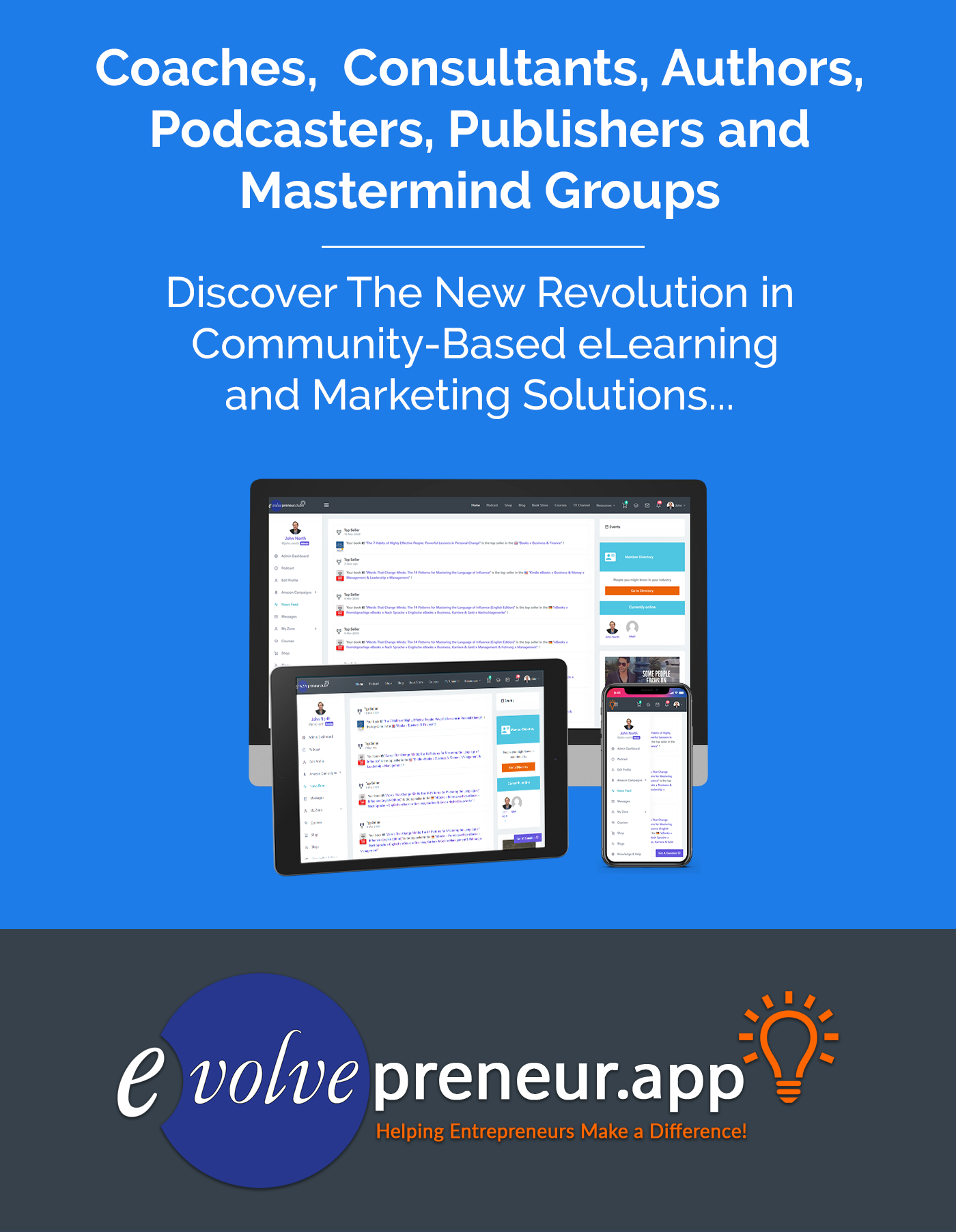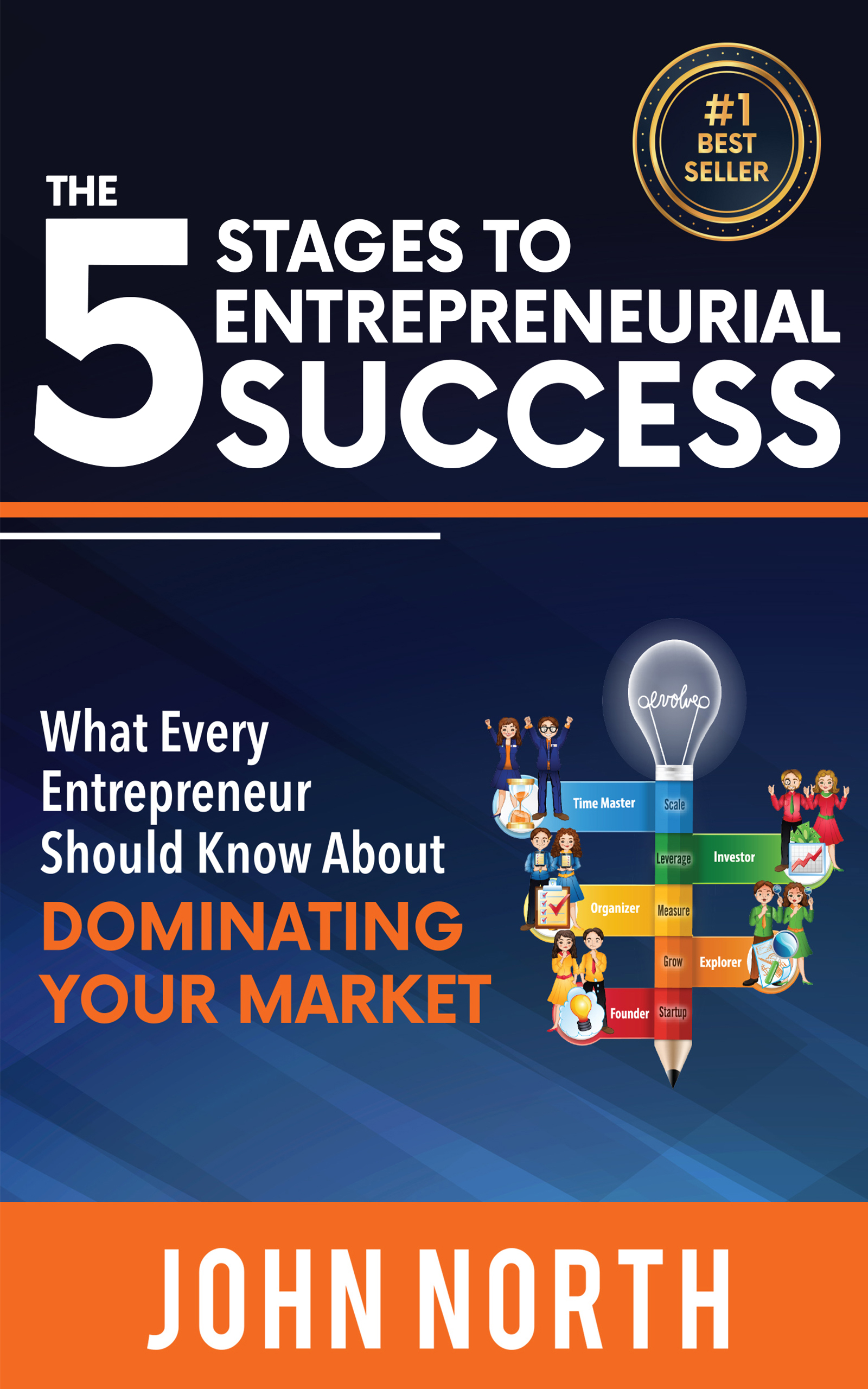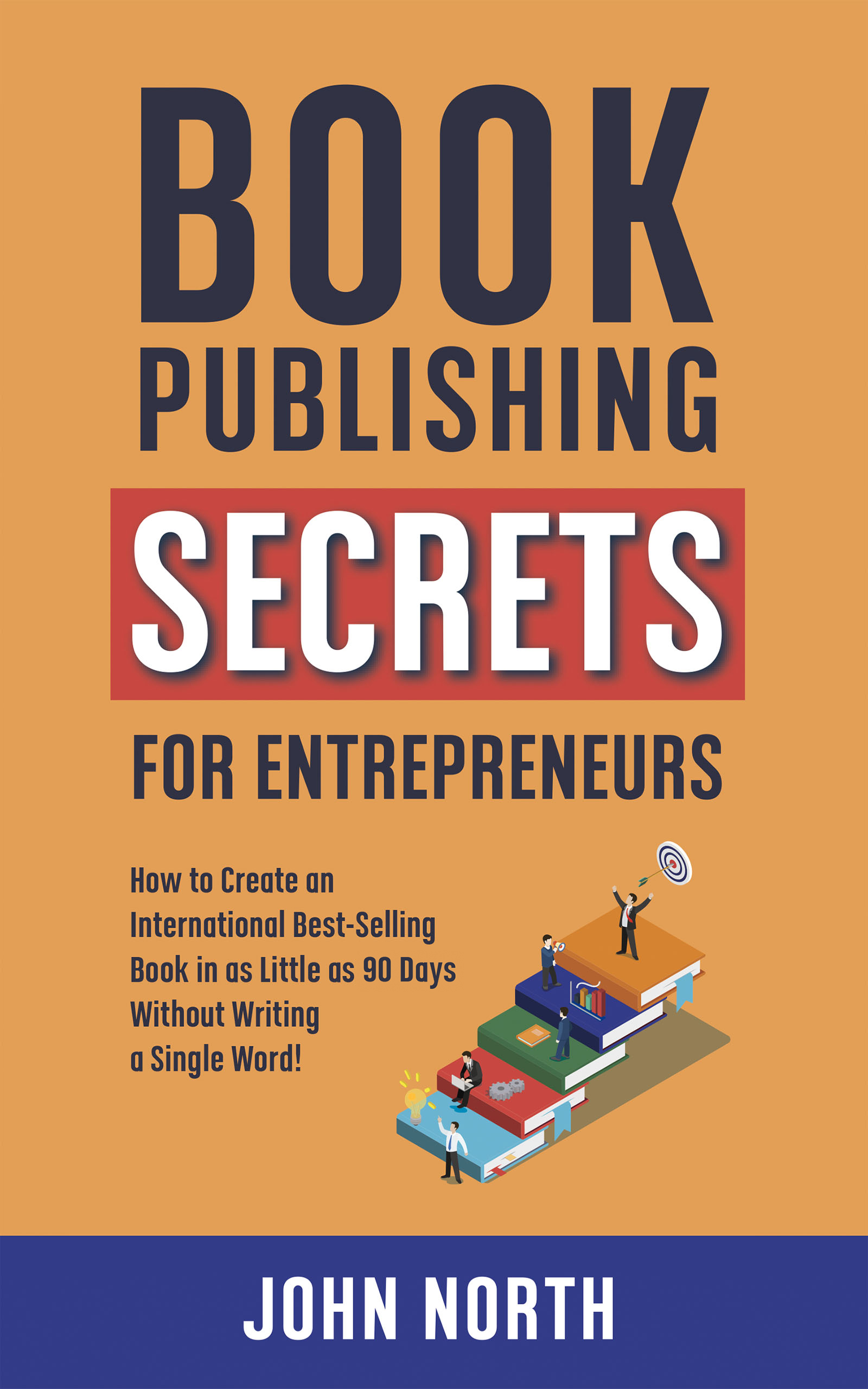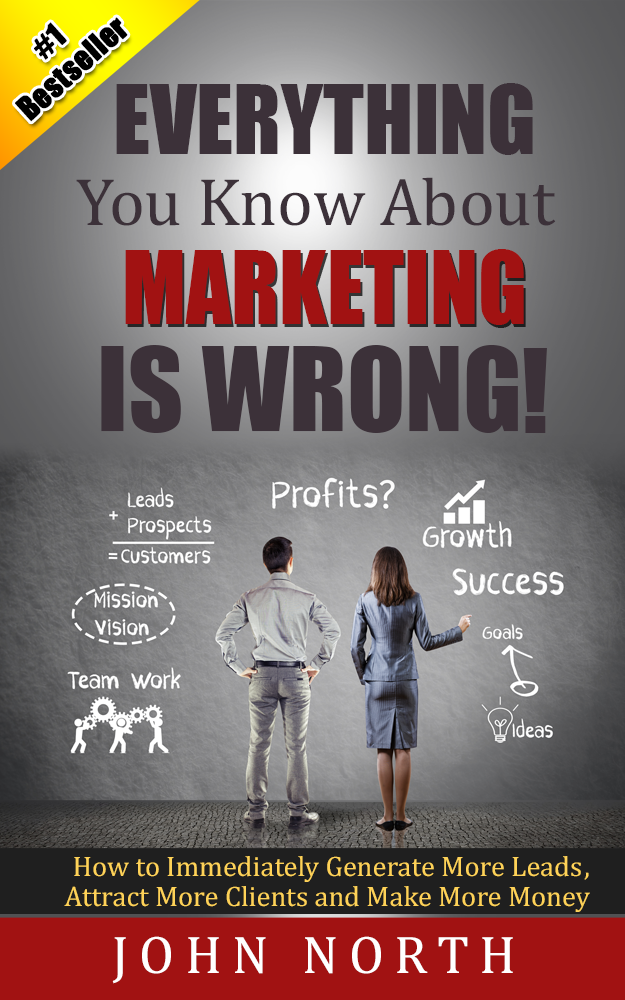What do you really want from your book?
This sounds like a simple question, but more often than not, many authors actually don't have an endgame in mind for their book. It might have started as a great idea. Their ego may have led them to write it. Then, when it's published, they realised that there was never an actual strategy around the book.
We talk about creating a book marketing plan in a later chapter, but in reality, you should draw up your marketing plan before you write a single word!
This is what that means: when writing your book, think about that one perfect prospect; your best client. Write your book as if you are talking to that one ideal client. Trying to appeal to the masses might be viable for a fiction book, but for a non-fiction book, you want engaged readers that feel the book is written just for them. It's a great idea to write down what your perfect reader looks like in terms of demographics, as well as what their personality is and what they want.
The Journey
Next, you need to know what sort of journey you want to take them on. Do you want to convince them that your ideas have value, and they should contact you for more? Of course—that's obvious!
Here is your chance to impress them with their experience with you so far. For example, do you lead them to a book bonus to continue their discovery? Or is your book the one-stop, all-in-one complete guide?
It's hard to get rich just on book royalties. For most authors, the real value of their book is in opening doors to other opportunities. Generally, a book by an entrepreneur is designed to start a conversation with the reader, engage them, and get them to sign up to talk more with you. But sometimes, that same entrepreneur doesn't have anything to sell them. Now, this could be considered a failure of "real strategy".
This is true for Michael Crossland's book, Kids Don't Get Cancer (one of our highest-selling books) in that he doesn't have a back-end product. His strategy is to sell his book from the back of the room. Of course, that's a great income source, but his endgame is to get more speaking engagements. His audience is likely to have prospects for other corporates who might approach him to speak at their events. Michael does have an audiobook as well, which helps increase his average sales, and it appeals to other buyers who prefer not to read.
Consider the way you will use your book, how people will discover you, and if your focus is on digital or physical copies of your book.
We have another client, Dr. Warrick Bishop, who wrote a book called Know Your Real Risk of Heart Attack. Originally, Dr. Bishop planned to sell his books for $34.95. That's how he thought he would spread his message. But the challenge is that the cost to get a sale of the book, coupled with administration and shipping, makes it an expensive strategy to implement.
So, we took a different approach and decided to build a funnel for the ebook for $4.95. We upsell the audiobook for $9.95, and around 20 to 30% of the traffic will buy the upsell. With this strategy, we found that offering the paperback as an upsell to an eBook just didn't work. This was mainly because of digital-first readers who don't like physical books, but see an audiobook as an additional or complementary option.
The funnel then leads them to join his Healthy Heart Network Membership site. This means he has a complete customer journey from the book to an eventual recurring membership. The system is mostly automated, and we don't have to ship a product, which means instant delivery to the purchaser.
If it costs $5 to make a sale for the book, Dr. Bishop breaks even for his marketing and everything else is a bonus. His focus is then on how to drive traffic to his automated system, which delivers the rest.
Another way is a "free + shipping" option, where you offer them the book for free, and they pay for shipping. It's a low-cost way to get a physical book into their hands. It's certainly powerful, as digital books can easily be lost or forgotten, whereas a physical book rarely gets thrown out.
However, you need to take into account the logistics and costs to make this happen, as well as the customer service to handle any lost books, etc. This is really good for volume sales or when you have an established following already.
Perhaps bookstores are your target distributor. This involves a lot of leg work: contacting the bookstore buyers, organising in-store promotions and book signings. Getting your book stocked in traditional bookstores can be a long and involved process, so you need to be prepared for that.
Lastly, you could be selling your book for full RRP (recommended retail price). If your book is valuable, there is no reason why you can't command full price for it. But to do this, you need good marketing and sales pages, or a process like Michael Crossland has by selling them at the back of the room.
So, for example, consider this: you decided to create a 300-page book and then found out after it was printed that it was a few grams overweight and cost 20% more for shipping. This would make the whole physical project unviable.
Spend some time thinking about how your book will be used, what formats you will push the most, and any potential issues that may arise along the way. On the front end, it's worth it for you to consider both the journey you want your ideal client to take in reading the book, as well as the journey you'll be taking to get the book and additional services and products to them.















































